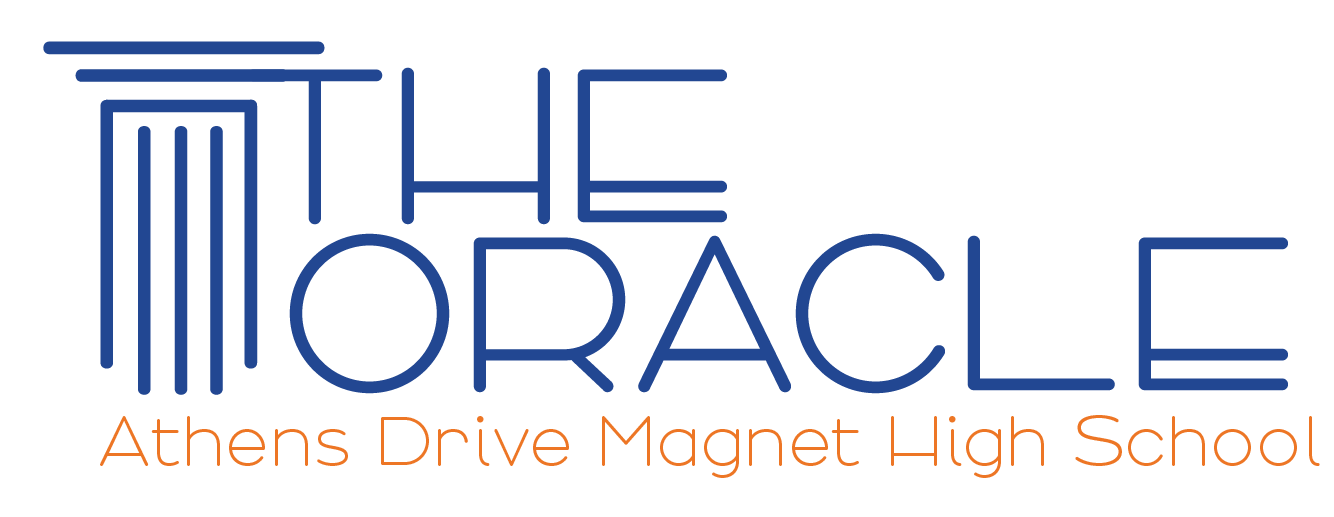Footage was revealed of the US Coast Guard removing anesthetized goats legs for training in 2012. The Department of Defense requires the Coast Guard to recreate war time injuries on animals in order to have a realistic scenario to practice on. Coast Guard Vice Adm. Manson K. Brown investigated the treatment of the goats and searched for methods to eliminate the usage of live animals for practice. Since the release of the video footage, awareness of animal rights have been questioned. With recently discovered knowledge and new technology available, should animals continue be used for training, testing and research?
Animal testing has greatly contributed to many medical advancements over the past century. Some of the most critical and deadly diseases have been cured because of animal test subjects. The major contributions of animal testing consists of treating and understanding conditions such as breast cancer, childhood leukemia, cystic fibrosis, cancer, brain injury, polio, diabetes and much more. Although animal testing has advanced medical knowledge due to research, animal testing is cruel, inhumane and unnecessary since alternative testing methods do exist.
“Animals used in experiments are commonly subjected to force feeding, forced inhalation, food and water deprivation, prolonged periods of physical restraint, the infliction of burns and other wounds to study the healing process, the infliction of pain to study its effects and remedies, and death by carbon dioxide asphyxiation, neck-breaking, decapitation, or other means,” the Humane Society International reported.
Not only are methods of animal testing cruel and inhumane, animals are very different from human beings. Genetically, the anatomy of humans and animals are 98% similar, according to California Biomedical Research Association. But, do we look or act like animals? No. Humans are also 50% similar to bananas according to Emma Pietras, but that does not mean that what works for a banana is suitable for humans. Every difference in genetics makes a difference in how the body develops and responds to the environment. In fact, 2% might seem minute but the small percentage makes a great difference in how the body responds to drugs. For example, dogs are immune to venom from copperheads while humans are not.
“It’s very hard to create an animal model that even equates closely to what we’re trying to achieve in the human,” said Thomas Hartung, Professor of evidence-based toxicology at Johns Hopkins University.
The genetic difference between humans and animals has even delayed the discovery of life-changing drugs. Some of the drugs tested on animals have been very harmful, misleading the researchers to believe that the drug tested is not viable for humans. Aspirin, a multipurpose drug, was discovered to aide in preventing organ rejection after a transplant. According to neurologist Aysha Akhtar, MD, MPH, Aspirin was almost shelved because the drug was dangerous to some animals tested.
Testing products on animals might provide a living body system for analysis, but why use a body system that might or might not adequately demonstrate subversive effects of a product on humans? Especially when other accurate methods are available. Testing cell cultures in a petri dish provides a harmless and precise method of research on human cells rather than using a 98% similar ‘test dummy’. Cell cultures are just the begining of alternative methods for research. Human volunteers can donate blood which provides a sample for the administration of small doses of the tested substance. This is known as microdosing. Microdosing provides the ability to observe adverse reactions on human blood in a minimally invasive manner. Due to the growth in the world’s technological knowledge, more effective methods for research are being developed. According to Geo Watts, Microfluidic chips recreate the, “functions of human organs,” and are in the, “advanced stages of development.” Computer models posses the ability to assess the toxicity of substances which can eliminate the unnecessary, invasive and inhumane experiments forced on animals.
Overall, animals are not an efficient test subject for drugs. According to Animal Research, “94% of drugs that pass animal tests fail in human clinical trials.” The side effects of newly developed drugs are unpredictable and can put humans in danger. Animals may have been a part of crucial, life-saving cures and provide a living body system, but new technology and medical advancements have been discovered since then. Testing developing drugs on animals is inhumane and unpredictable. The usage of a 98% similar ‘test dummy’ is unnecessary since procedures are available for 100% similar test subjects.










